by Nick Taylor and Barbara Nevins Taylor
We decided to visit Portugal at the last minute because we had a very narrow window for our vacation. We booked flights and made reservations just a week before we left on June 1st. We gambled that we’d have a great time during the nine days we had.
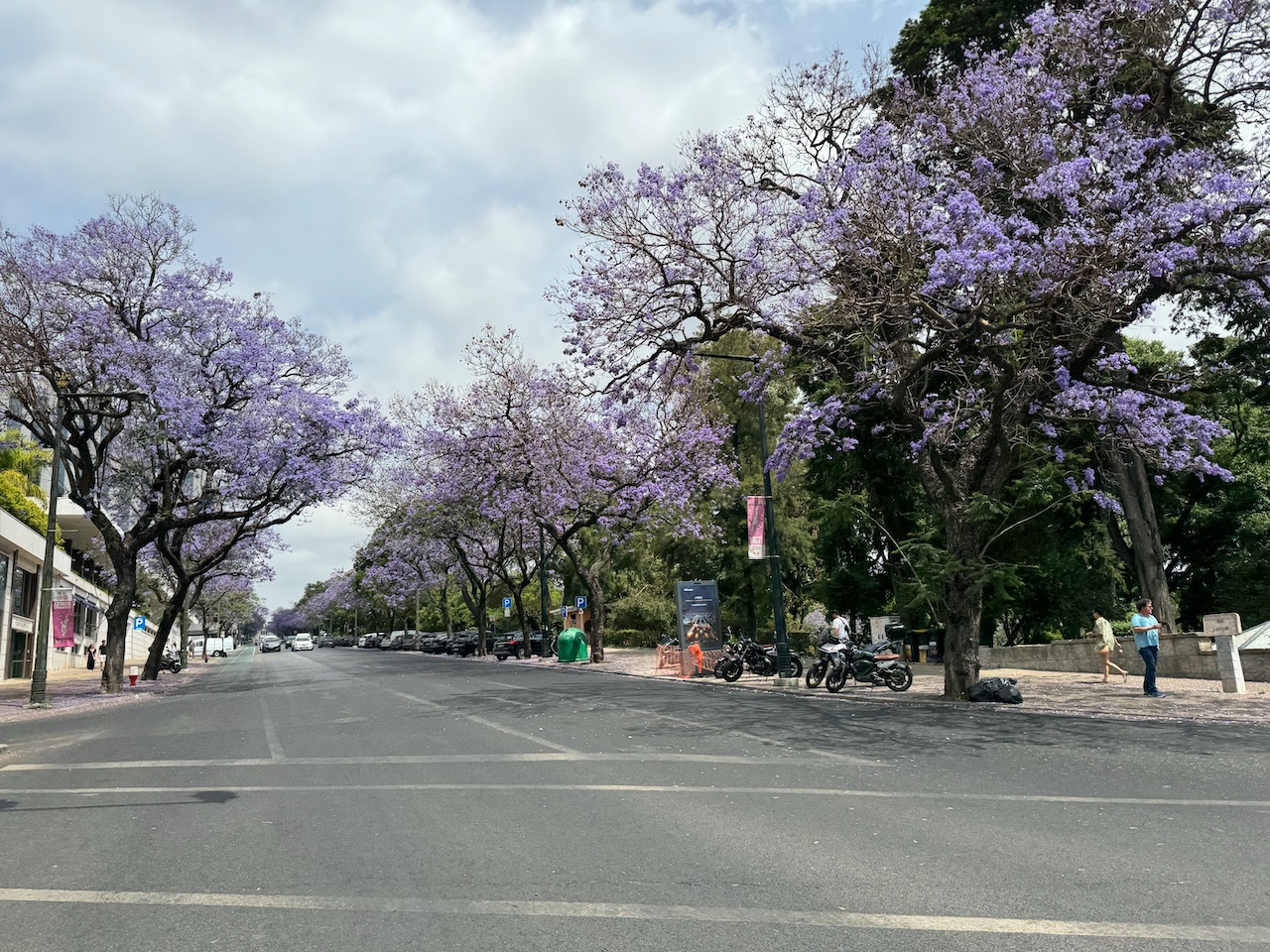
Our faith in spontaneity paid off. We found nice people everywhere we traveled in Portugal, beautifully prepared food, and excellent wine. The cultural history, interesting art, the cities, beaches and Douro Valley scenery were dramatically different and gave us the breather we needed from New York and the toxic politics of the presidential campaign.
We flew TAP, the Portuguese airline, because it offered the best rate and booked through AARP/Expedia because that was even cheaper. The six hour and 55 minute flight to Lisbon left JFK a little after 10 p.m., and allowed us to sleep a little on the plane.
Lisbon’s Humberto Delgado Airport, like others, is filled with shopping and duty free, but getting through it and passport control was relatively painless.
The surprisingly quick taxi ride from the airport cost about 12 Euros and we arrived in central Lisbon before noon.
A colleague, John Totaro, had recommended the 138 Liberdade Hotel and we booked directly instead of through a booking service.
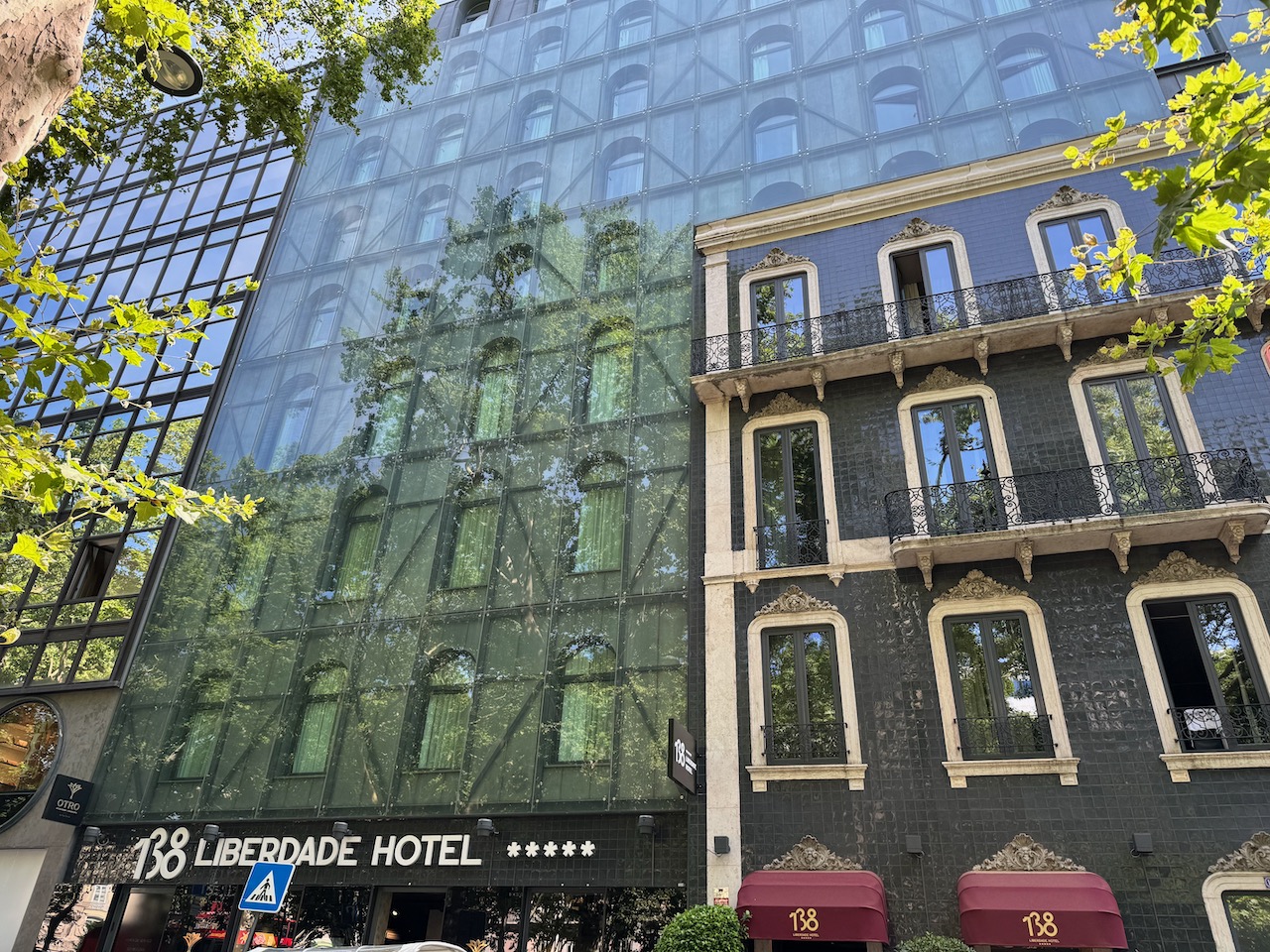
That turned out to be a good move because we got to know the front desk people and it made our stay all the more pleasurable.
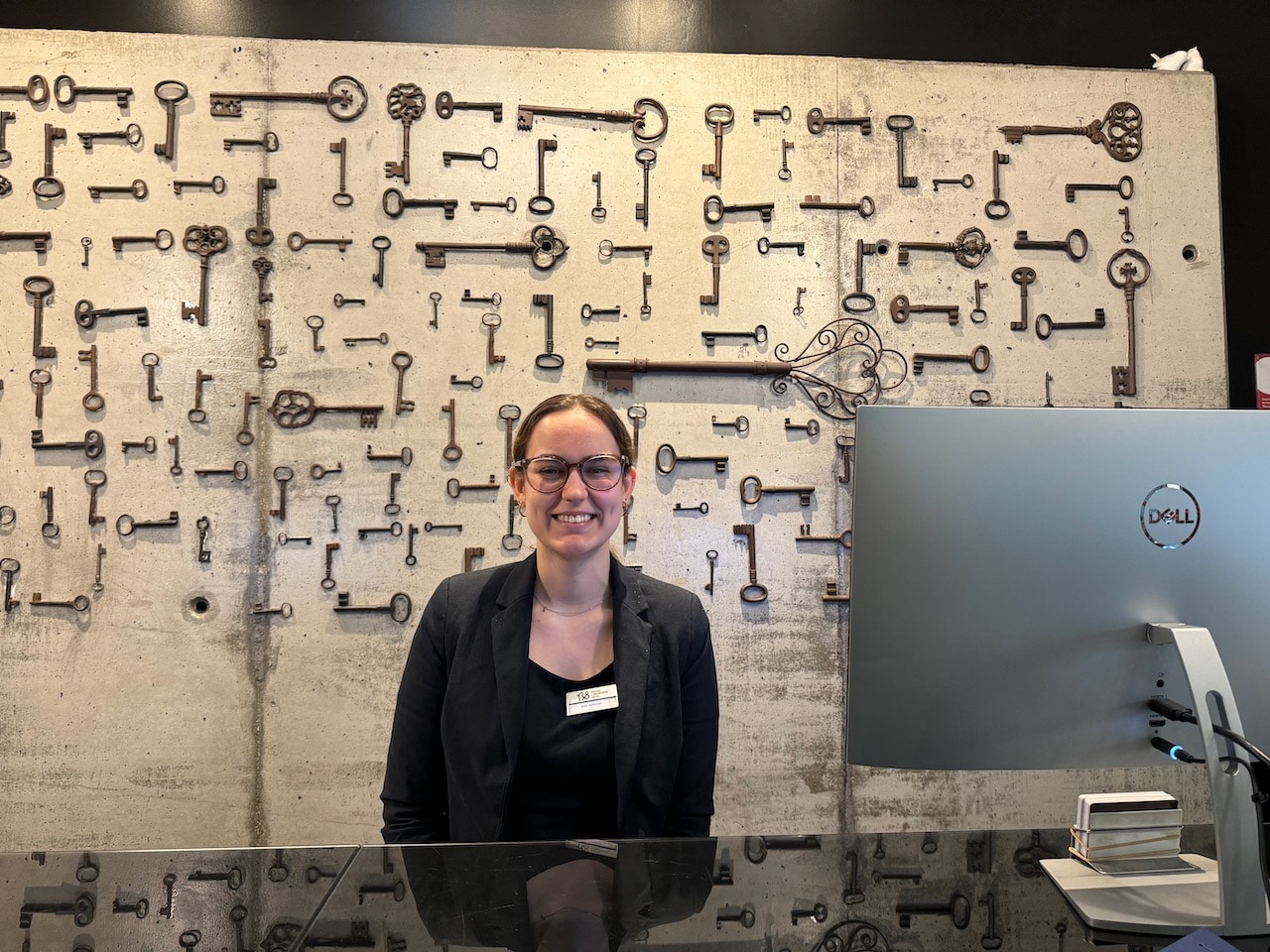
After a short nap, we set out to discover something about Lisbon. On the way we passed our top-hatted doorman, José Semedo.
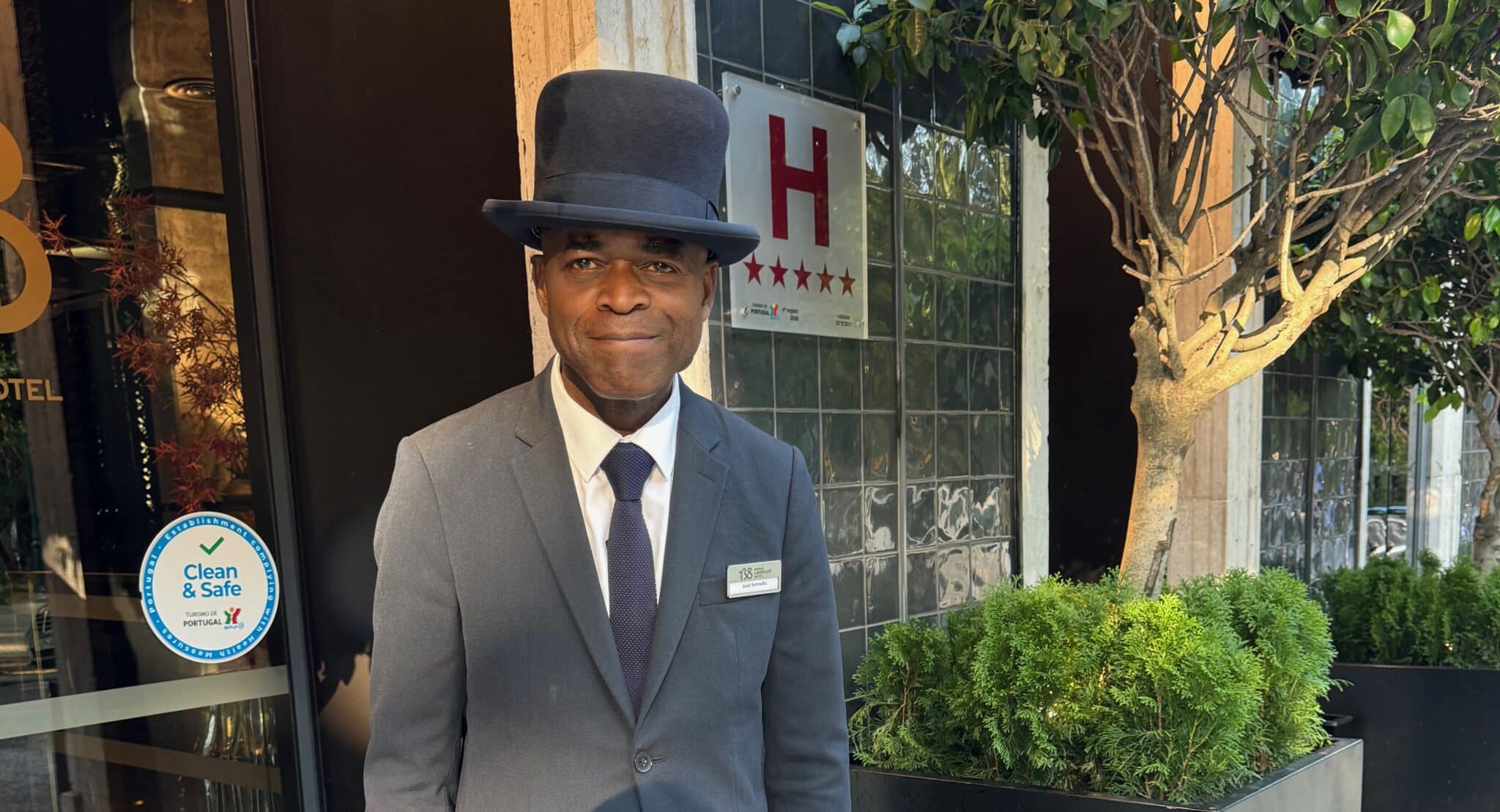
The Avenida da Liberdade provided a great introduction to the city. The wide avenue, with tree-shaded pedestrian islands between the traffic lanes, was built in the 19th century and modeled after broad Parisian boulevards. Some may love it for the upscale shops like Dior and Prada. But the real pleasure for us came with discovering the black and white mosaics called Calçada Portuguesa and their intricate designs.
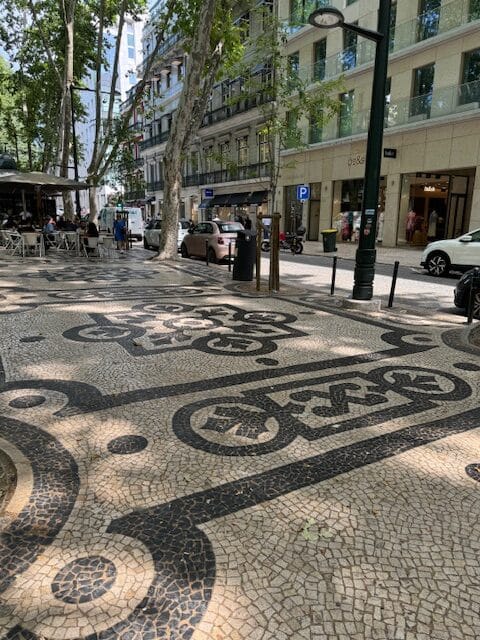
These bold designs, modeled on Roman mosaics, date to 1755 and an earthquake that devastated Lisbon leaving shards of black basalt and white limestone that were reshaped and used as paving stones. Today this uniquely Portuguese art decorates sidewalks and public spaces in Lisbon and throughout the country. If you look closely you’ll see that there is no mortar between the closely packed tiles.
Several small restaurants dotted Avenida da Liberdade’s center islands and at one people gathered to dance.
We stopped to watch and enjoy the energy and the music and then headed on to the very busy Restorauradores Square. The praça or square celebrates the 1640 overthrow of Spanish rule.
A little farther on, we reached the real gem called Rossio Square.
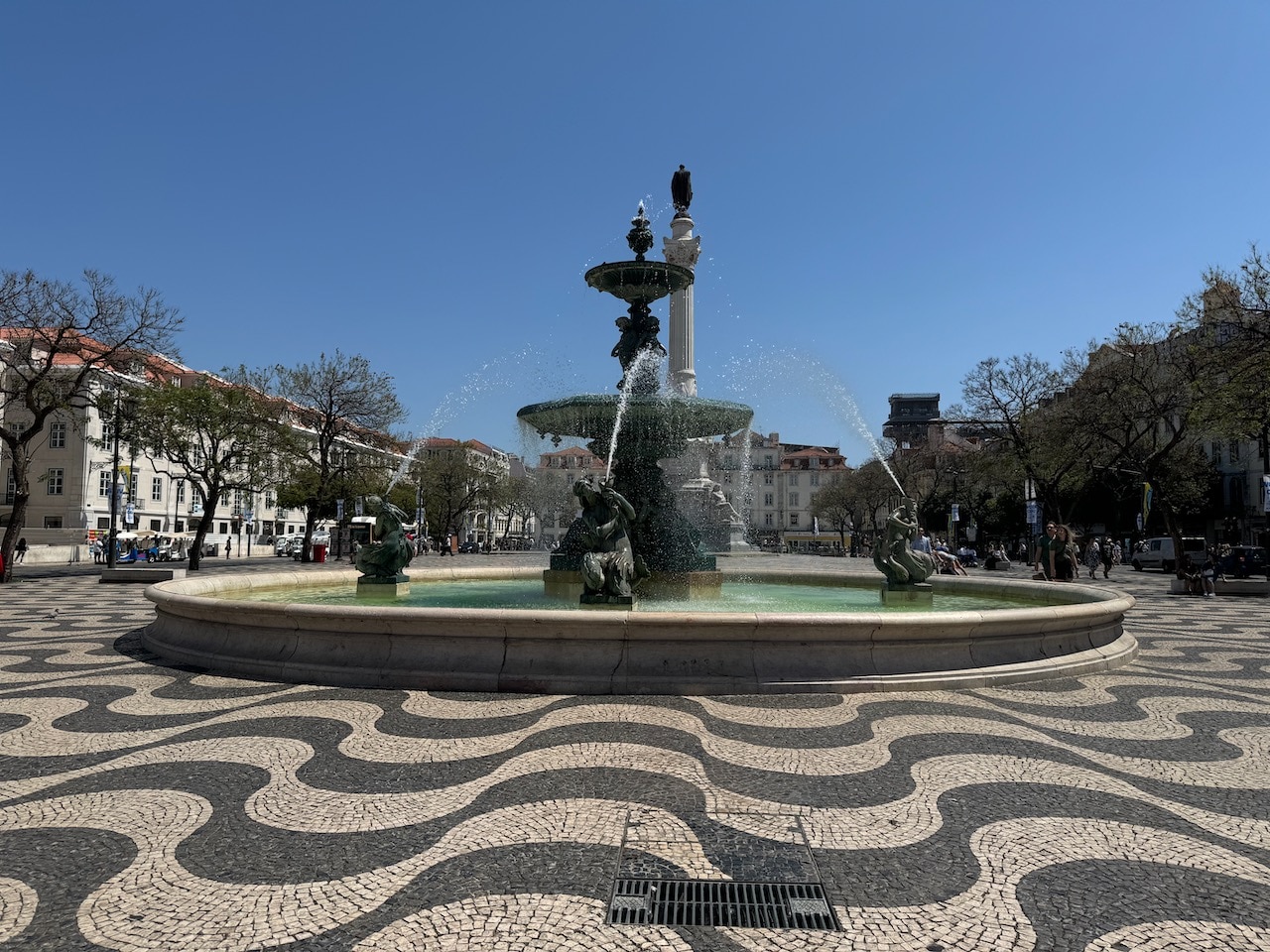
A fountain and column dedicated to Dom Pedro IV in 1870 sit in the middle. The Calçada Portuguesa here creates a giant optical illusion of undulating waves along the surface. The pattern is called Mar Largo. Seriously.
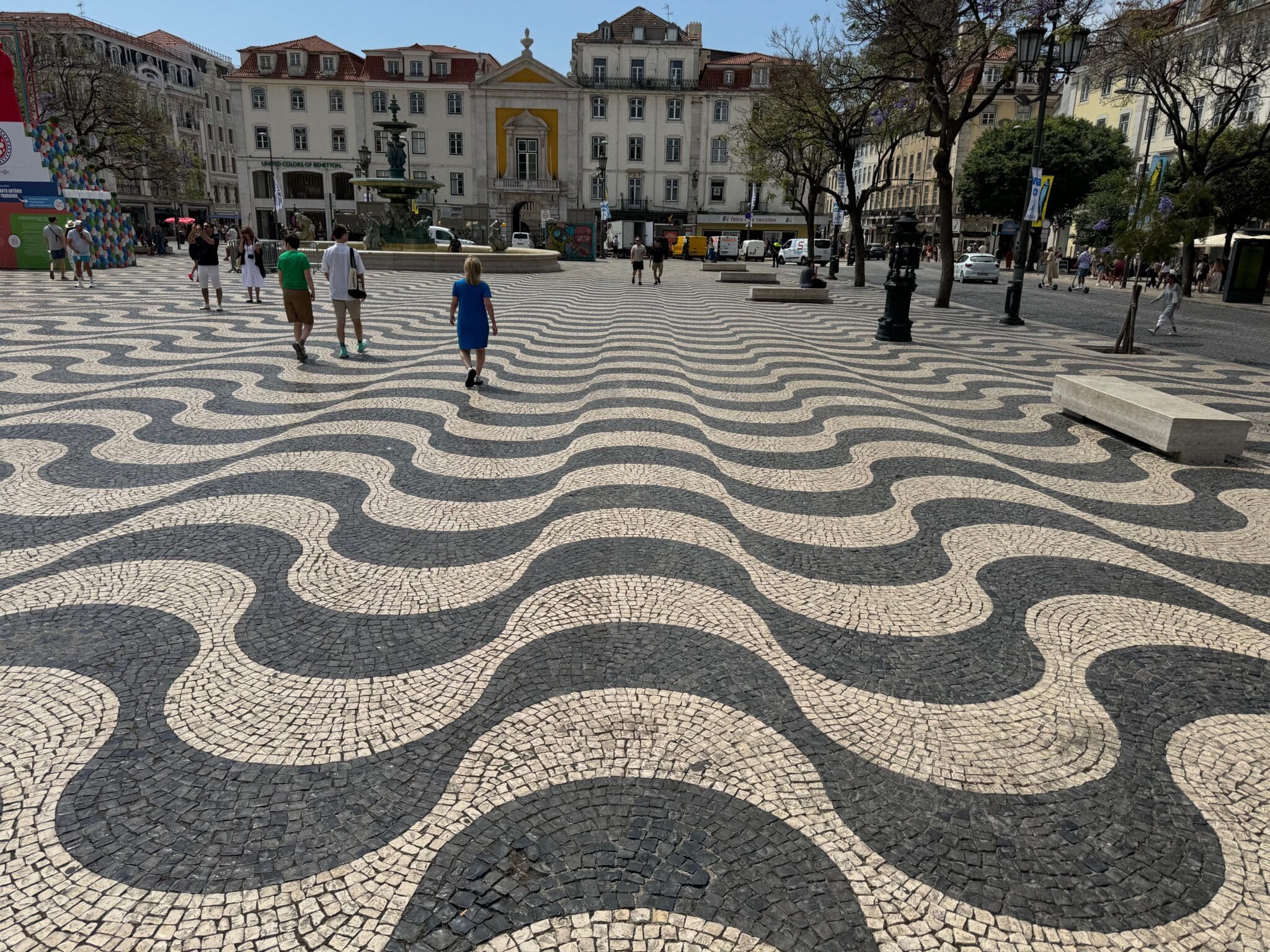
Beyond the beauty of their mortarless pavement, the squares in Lisbon serve as direction points. If you ask for directions someone is likely to say. “Just go to Rossio Square and turn left.”
We turned left and climbed. Lisbon is a hilly city and the interesting old neighborhoods rise above the downtown squares.
At one intersection we found police sorting out a modern problem on the ancient streets: a traffic jam with a bus blocking the tram tracks.
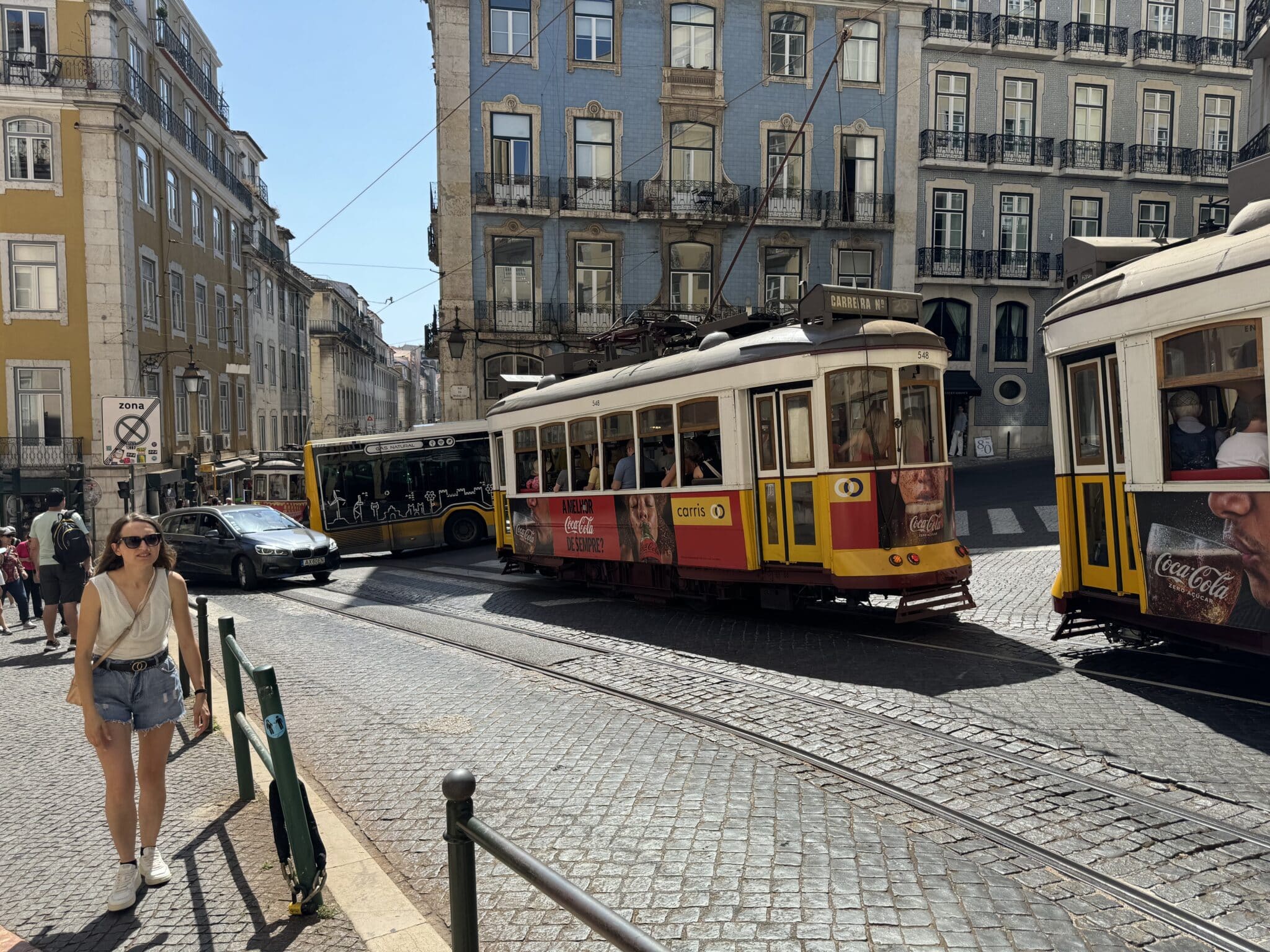
A collection of hills led us to Alfama, a neighborhood founded by Muslims from North Africa in the 8th Century. They ruled the Iberian Peninsula, which included what is now Portugal and Southern Spain, calling it Al-Andalus. Historians point out that Muslims, Jews and Christians lived relatively peacefully and science and culture flourished. But in the 13th century Christian Crusaders began their campaign, or Reconquista, to recapture the land the Muslims ruled.
During the Spanish Inquisition that began in 1478, Portugal’s King Manuel I agreed to expel Jews and Muslims as a condition of his marriage contract with the daughter of Ferdinand and Isabella of Spain. In 1496, he ordered Muslims and Jews to convert or leave the country. He then went further, forbidding them to leave and forcing baptisms, including of children under fourteen who were taken from their parents. Today, you can find some remnants of Muslim influence in ruined castles and architecture, but very little of Jewish culture. Alfama’s narrow winding streets are said to date from the Muslim years.
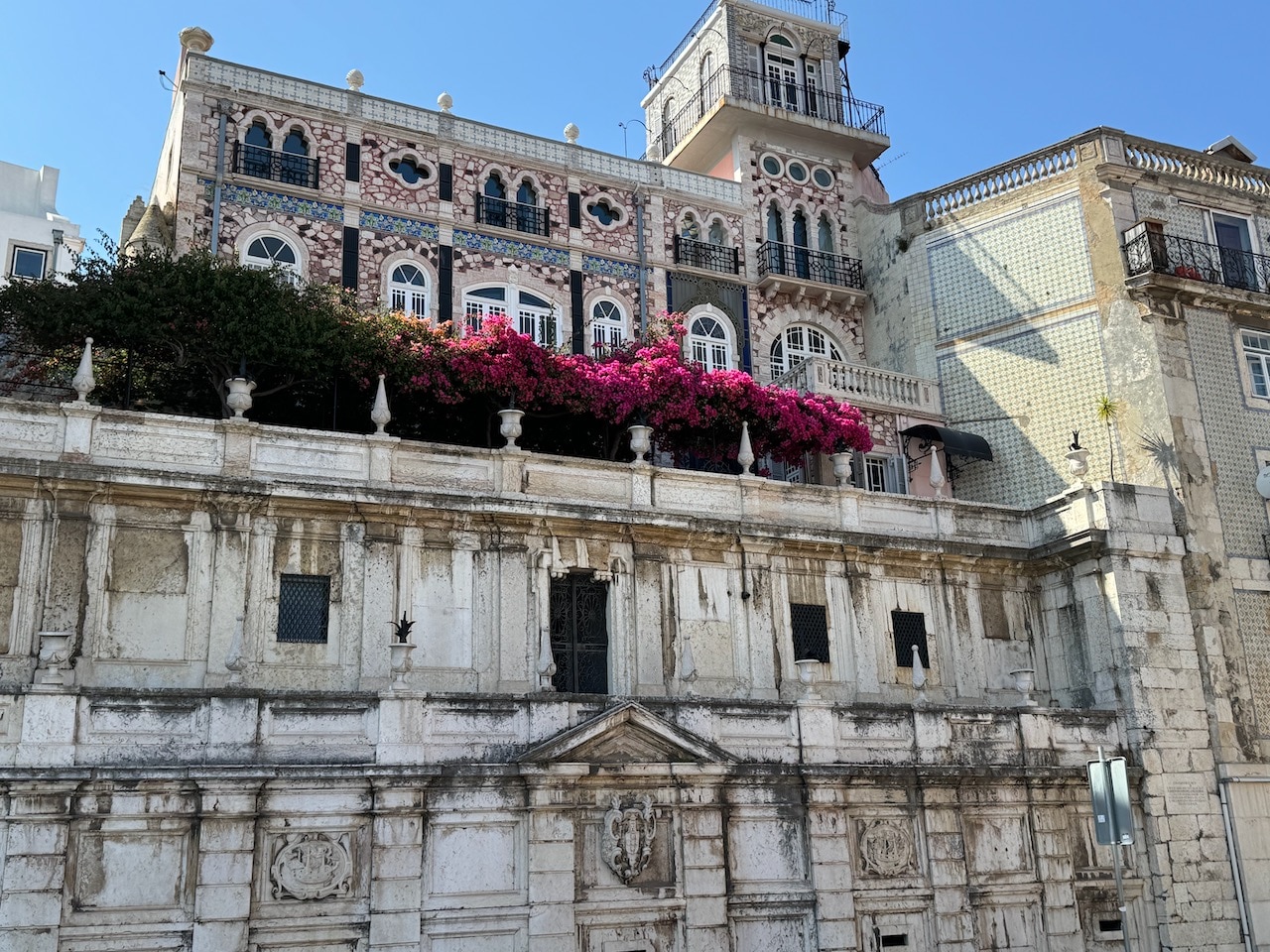
On our June visit, those picturesque cobbled streets were filled with visitors from all over the world. Tuk-tuk tour guides held up maps and beckoned tourists to their motor scooter transports. We navigated our way through the crowds and small shops and felt like we were in a hilly version of our neighborhood in New York City.
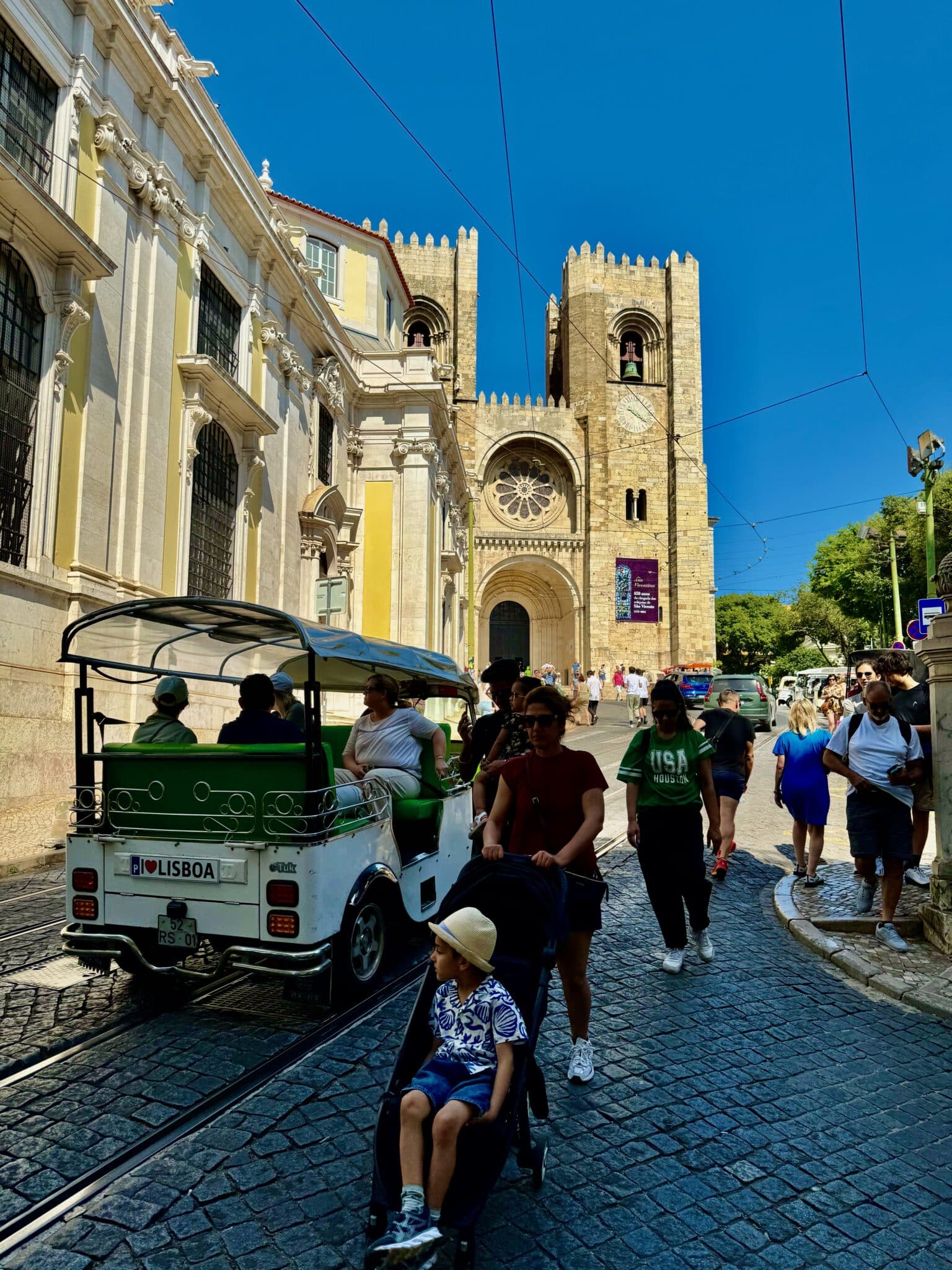
It was hard to get away from the other tourists, but houses like this one with tiles depicting intense working scenes kept us looking for interesting things. Portuguese tile, like its paving designs, is another story of art and history and we discovered a lot about tile in on our second day in Lisbon.
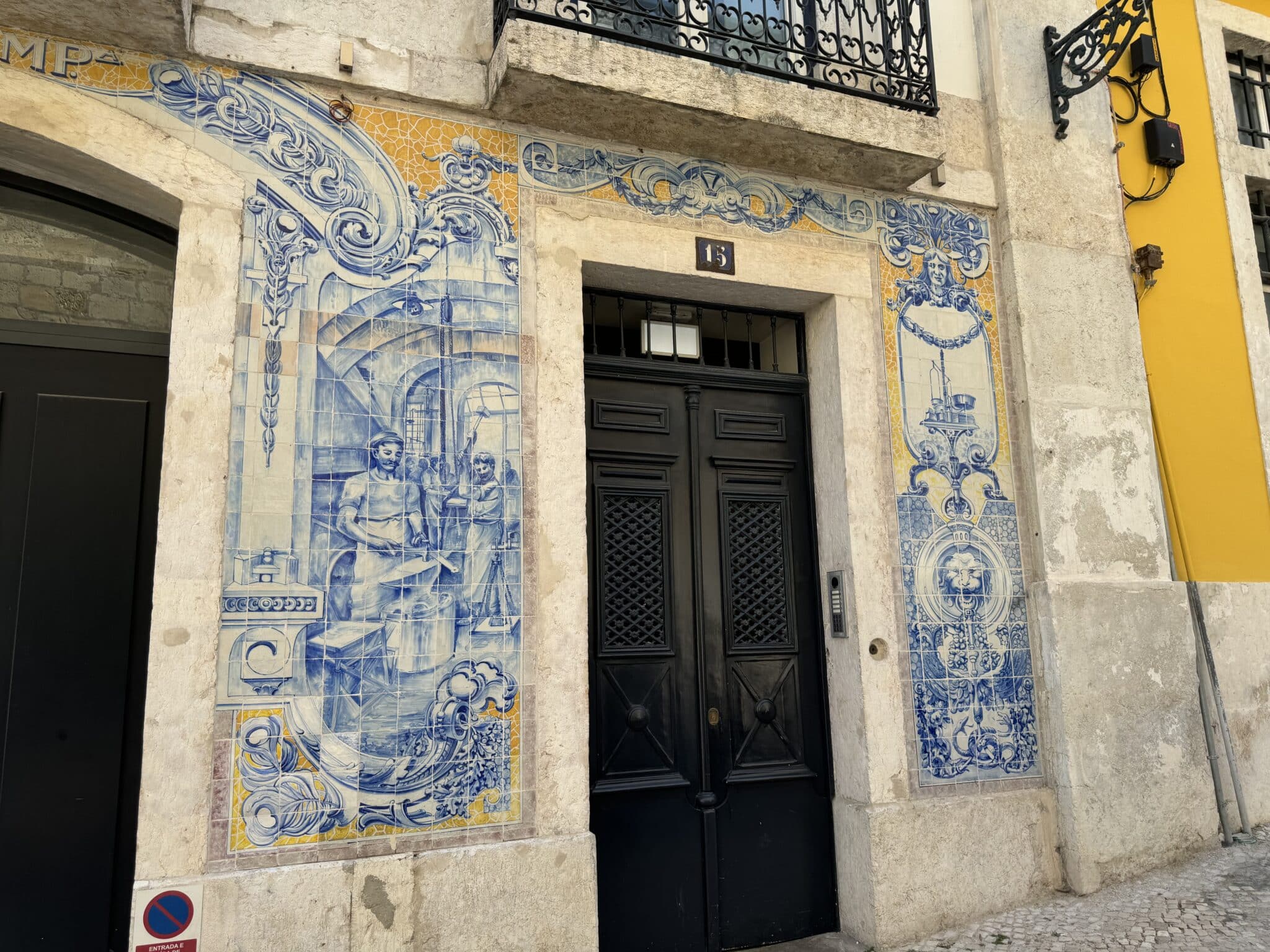
Down at the bottom of the neighborhood near the Tagus River, we passed an outlet for Taylor’s Port. We’d see many more port shops and tasting rooms when we reached Porto, but on this day it was fun to brush up against a namesake.
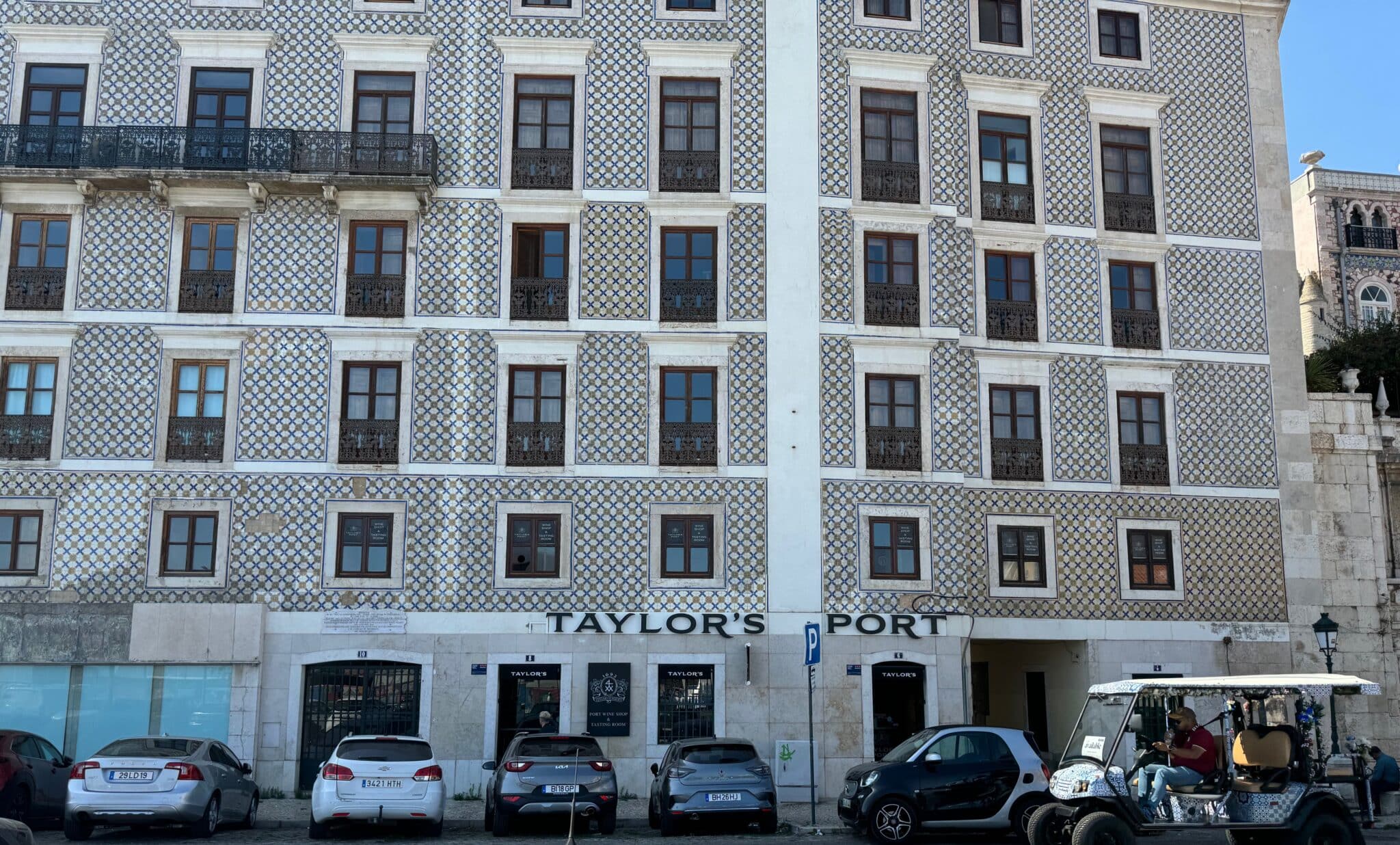 We walked along the edge of the cruise ship section of the Tagus River until we got to Commercial Square, or Praça de Comércio, rebuilt after the 1755 earthquake. It was hard to get a good photo and we think this one by photographer Deensel shows what it is like. The statue at the center is of King José I on horseback, stamping out snakes.
We walked along the edge of the cruise ship section of the Tagus River until we got to Commercial Square, or Praça de Comércio, rebuilt after the 1755 earthquake. It was hard to get a good photo and we think this one by photographer Deensel shows what it is like. The statue at the center is of King José I on horseback, stamping out snakes.
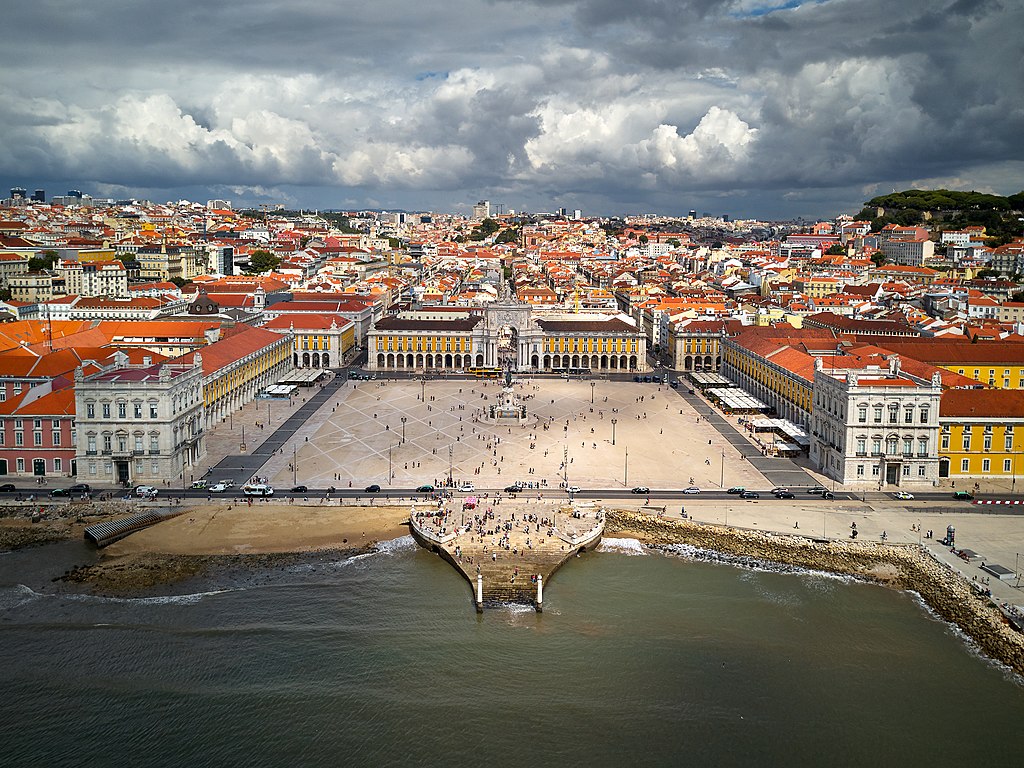
When you walk back away from the river through the Rua Augusta Arch, you step right into the busy shopping street.

The street is filled with local and chain clothing stores and restaurants with outdoor seating. It also has beautiful mosaic carpets of Calçalda Portuguesa.
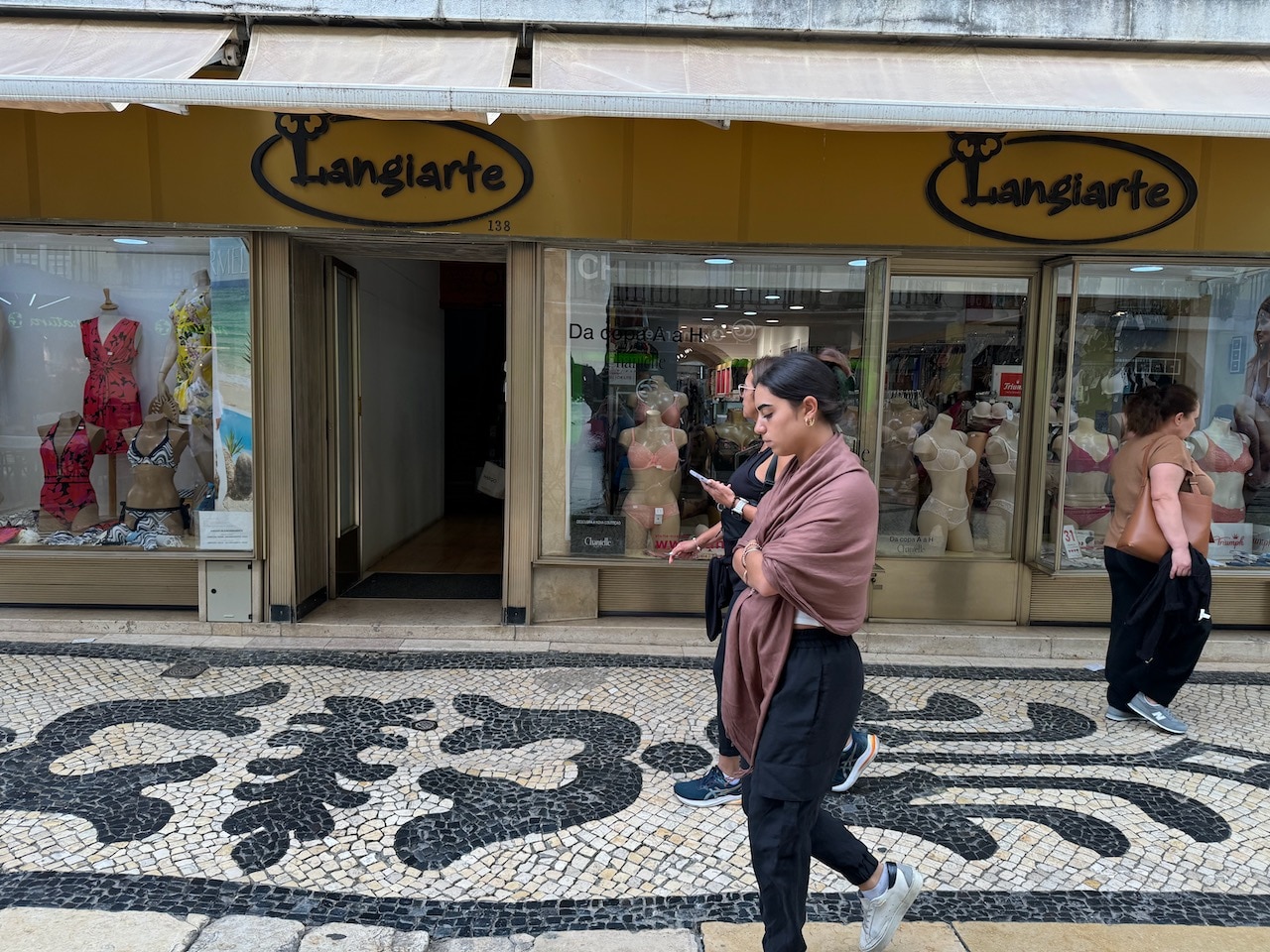
At Rua Vittoria we stopped at Pau de Canela, a pastelaria with outdoor tables, and discovered Portuguese egg cream. Many of the puff pastries were filled with cream made of egg yolks and simple syrup.
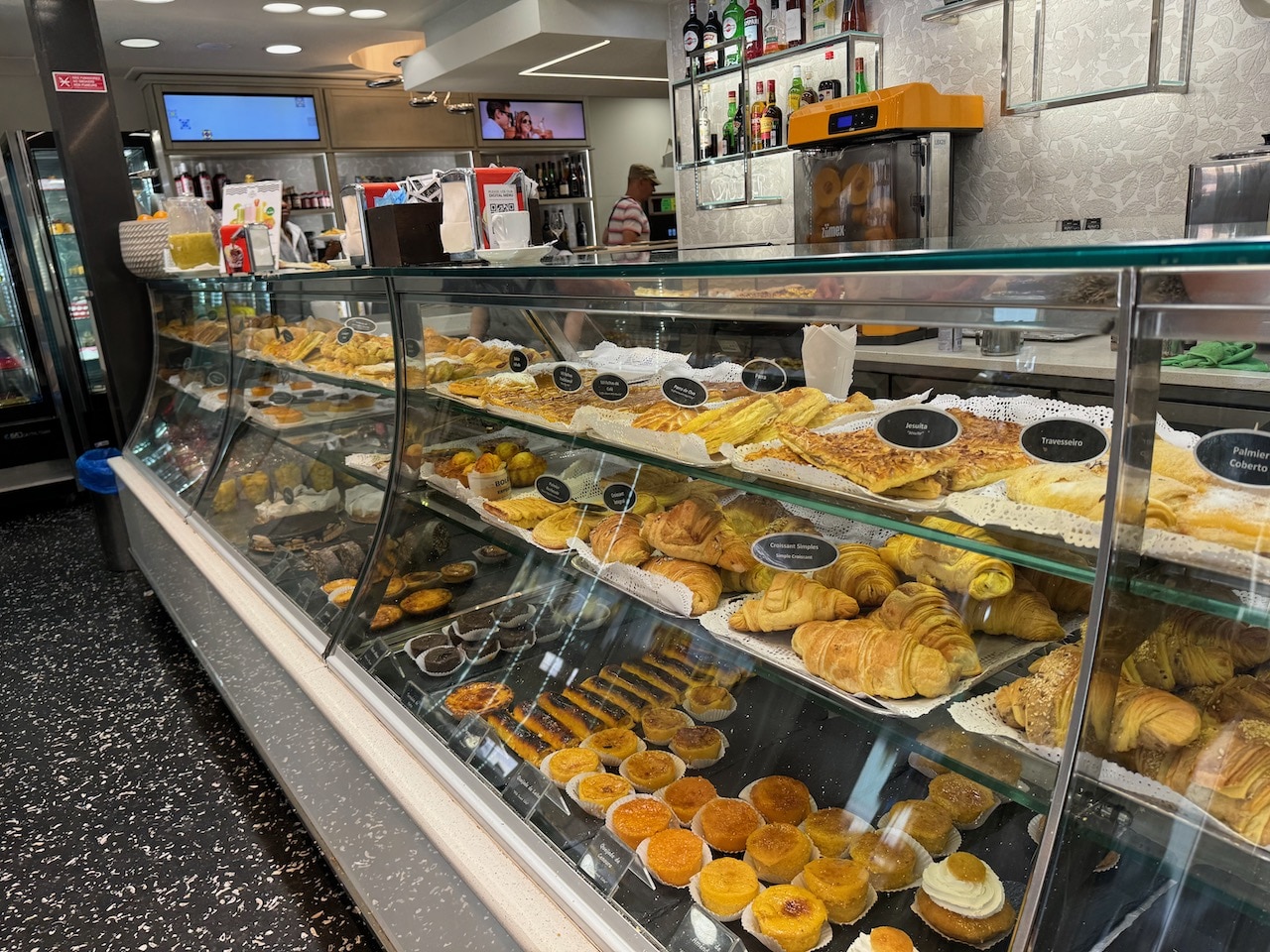
The story goes that nuns used egg whites in their laundry, to keep things white, and monks used them in the wine fermentation process. That left the yolks and the convents of Poor Clares, Santa Clara and Carmelites created flourless sweet deserts using the yolks and an abundance of sugar from Portuguese conquests in Brazil and Madeira. This was food heaven for someone like Barbara with lactose intolerance.
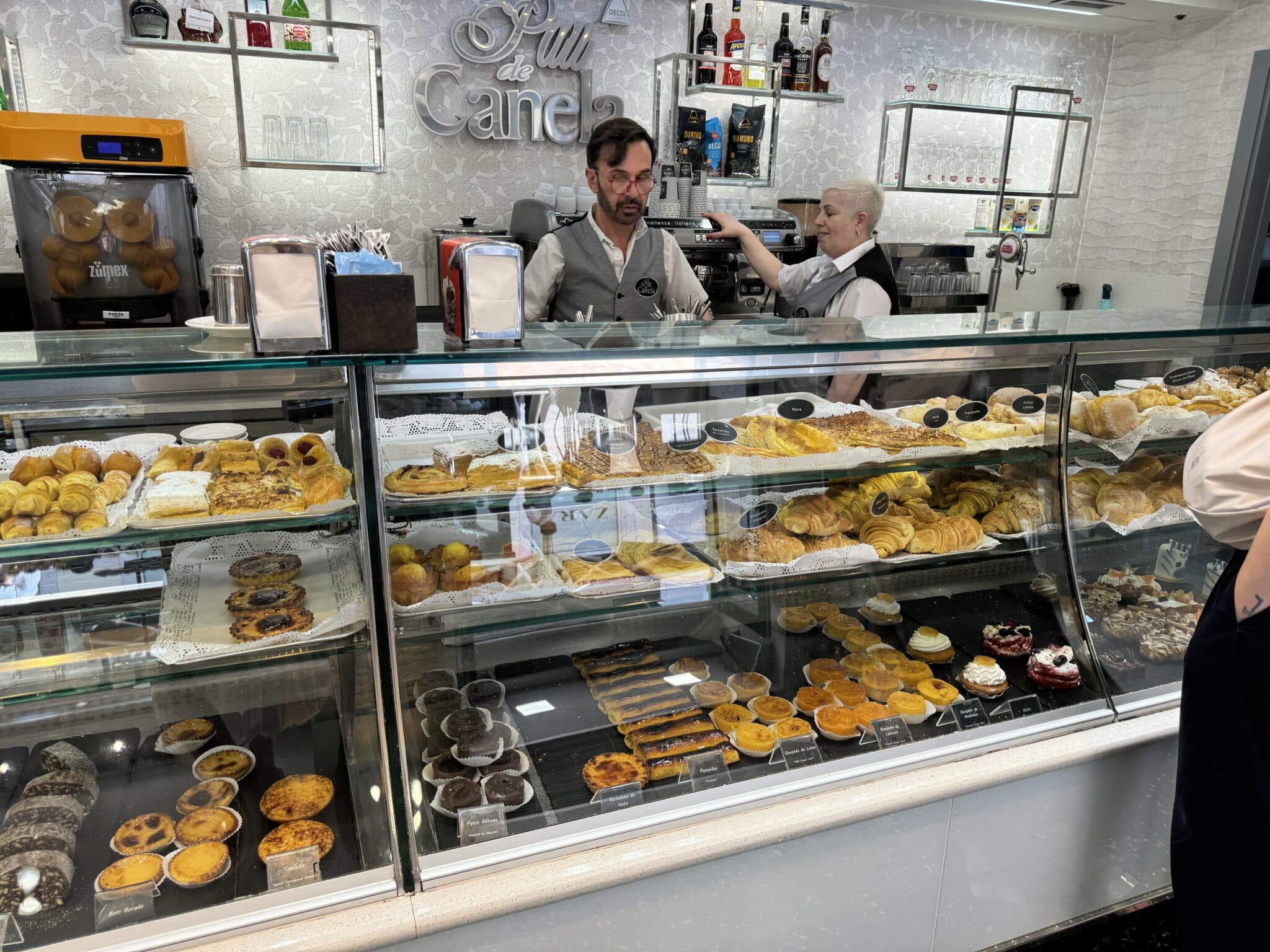
After coffees and pastries, we retreated to our hotel for another rest. We’ve learned, especially on these last minute trips, that dinner reservations are essential. Restaurants that cater to locals and tourists book up leaving little room for spontaneity. Before we left New York, we found a Michelin recommended restaurant called Suba that was miraculously open on Sunday night.
A taxi climbed Lisbon’s steep streets to deliver us to the restaurant on the top floor of a hotel in a renovated 18th century palace in the Santa Catarina neighborhood. We only glanced at the view across tiled rooftops to the Tagus River because our attention quickly turned to the beautiful food.
We began with a sparkling wine from the Douro valley and then because Nick decided on the wine paring, Mariana Villas Boas brought a Portuguese ale for him to begin.
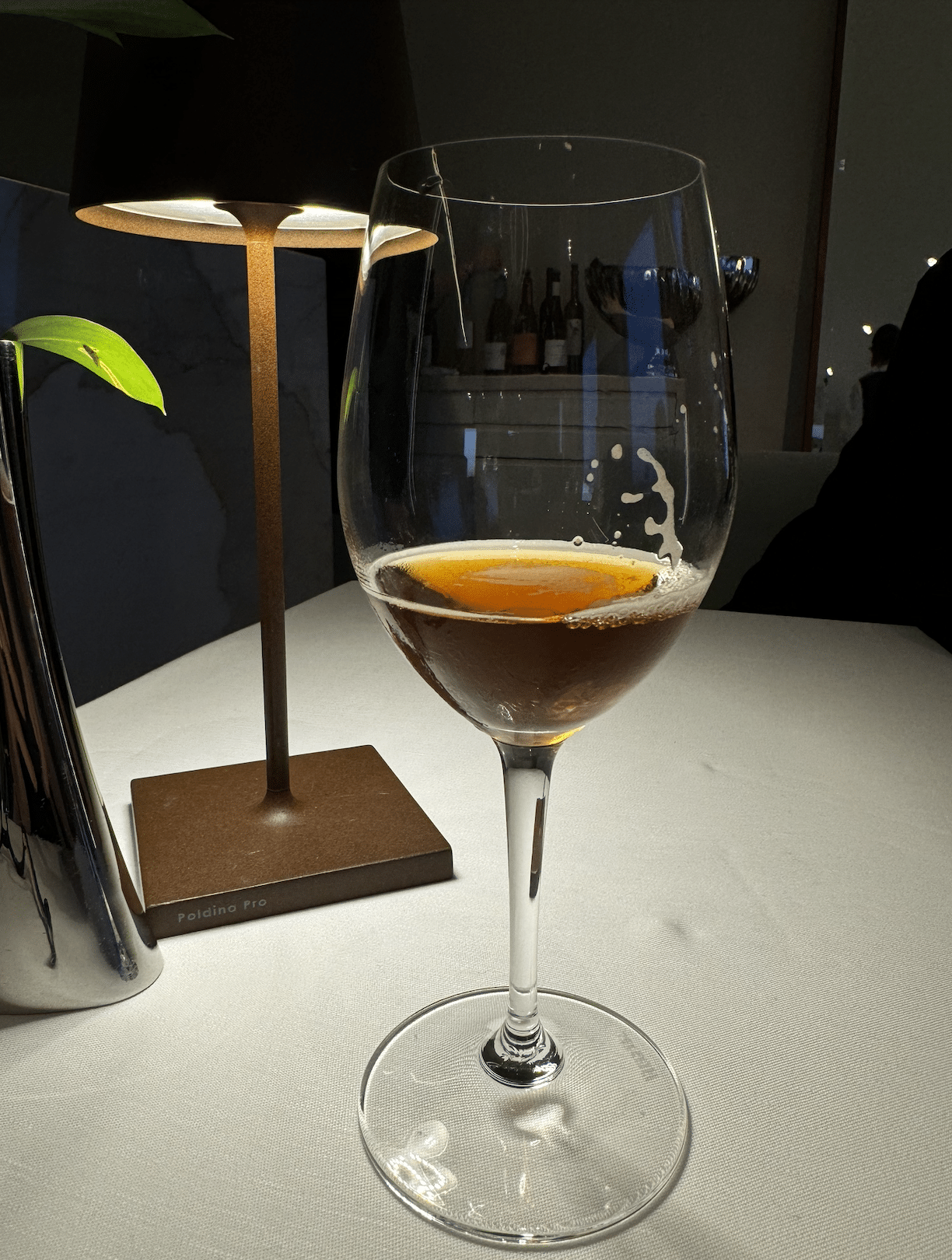
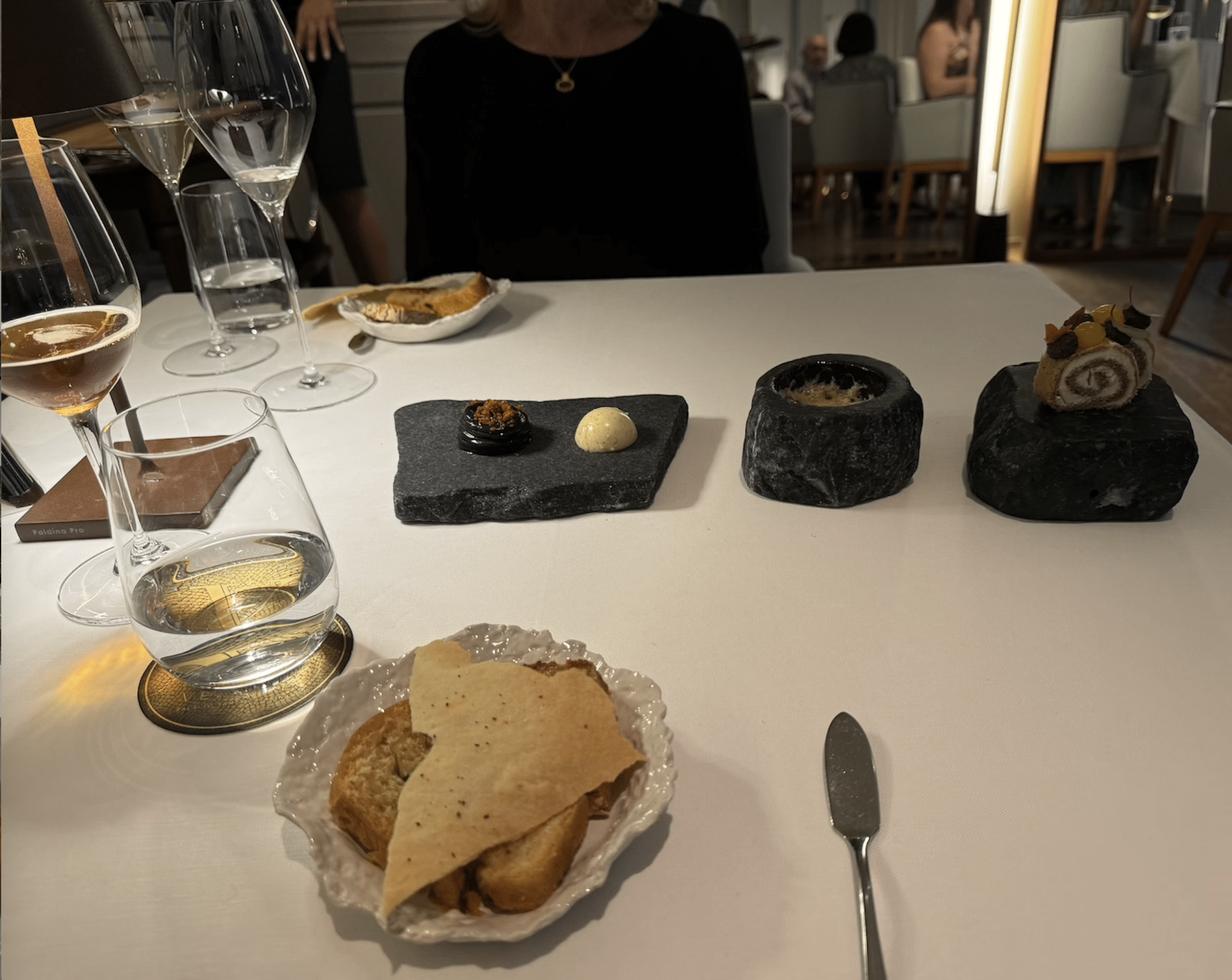
Chef Fábio Alves created a seven course tasting menu that began with a snack of crispy tapioca with spices
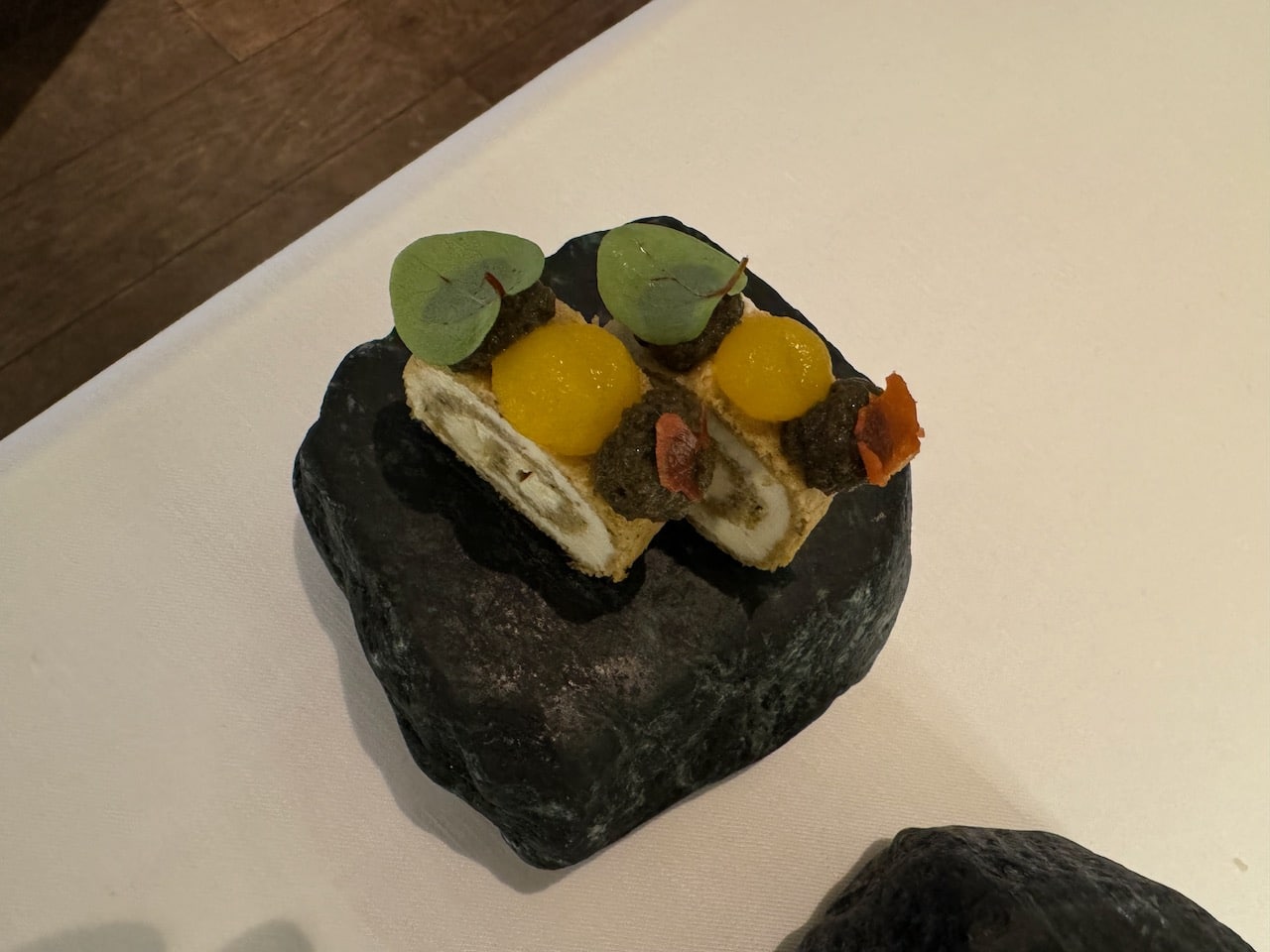
A gazpacho with goose barnacles, peaches and coriander came next.
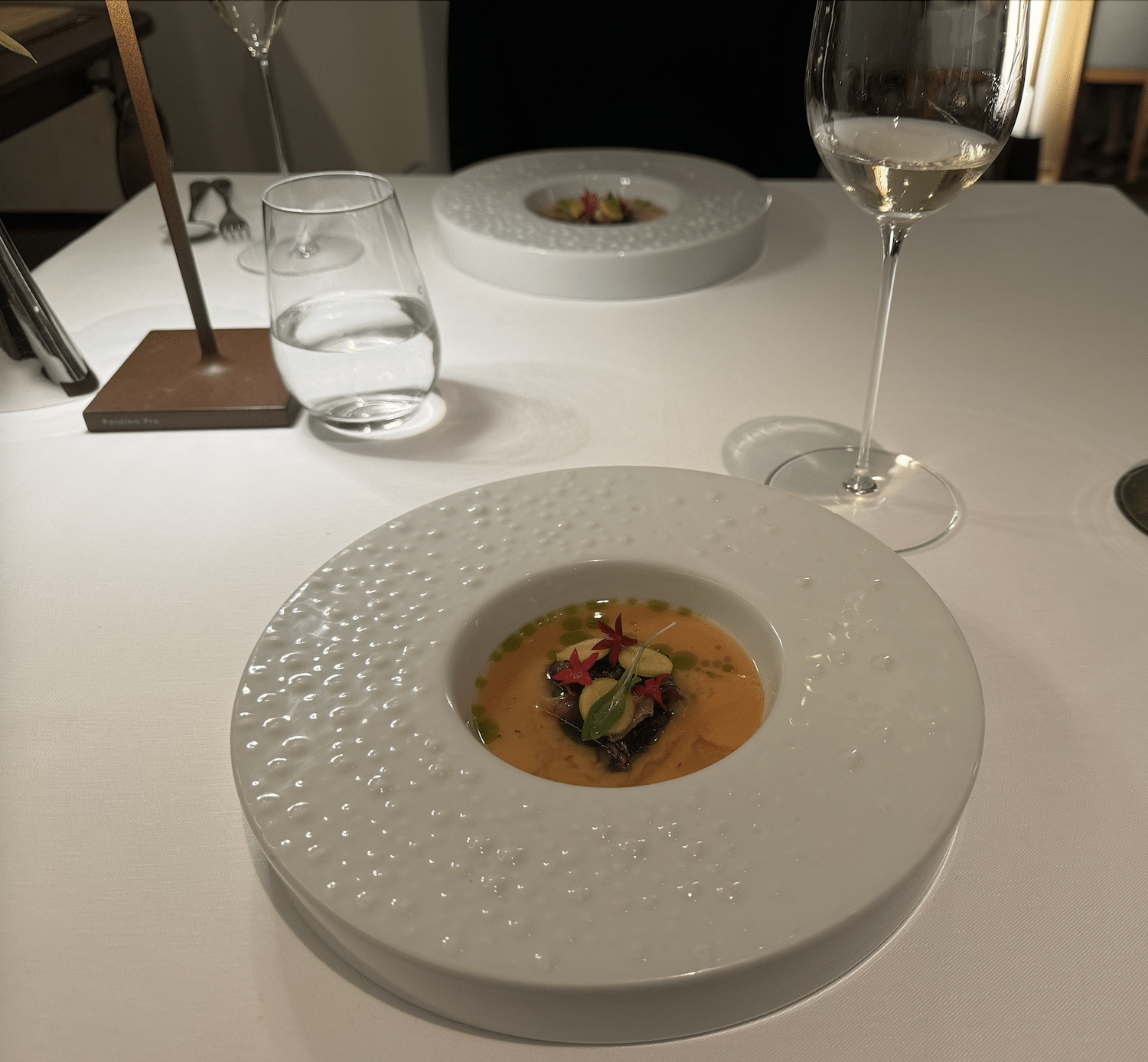
It is embarrassing to say that we almost made noises as we ate. We were together and could gush about the tastes and laugh.
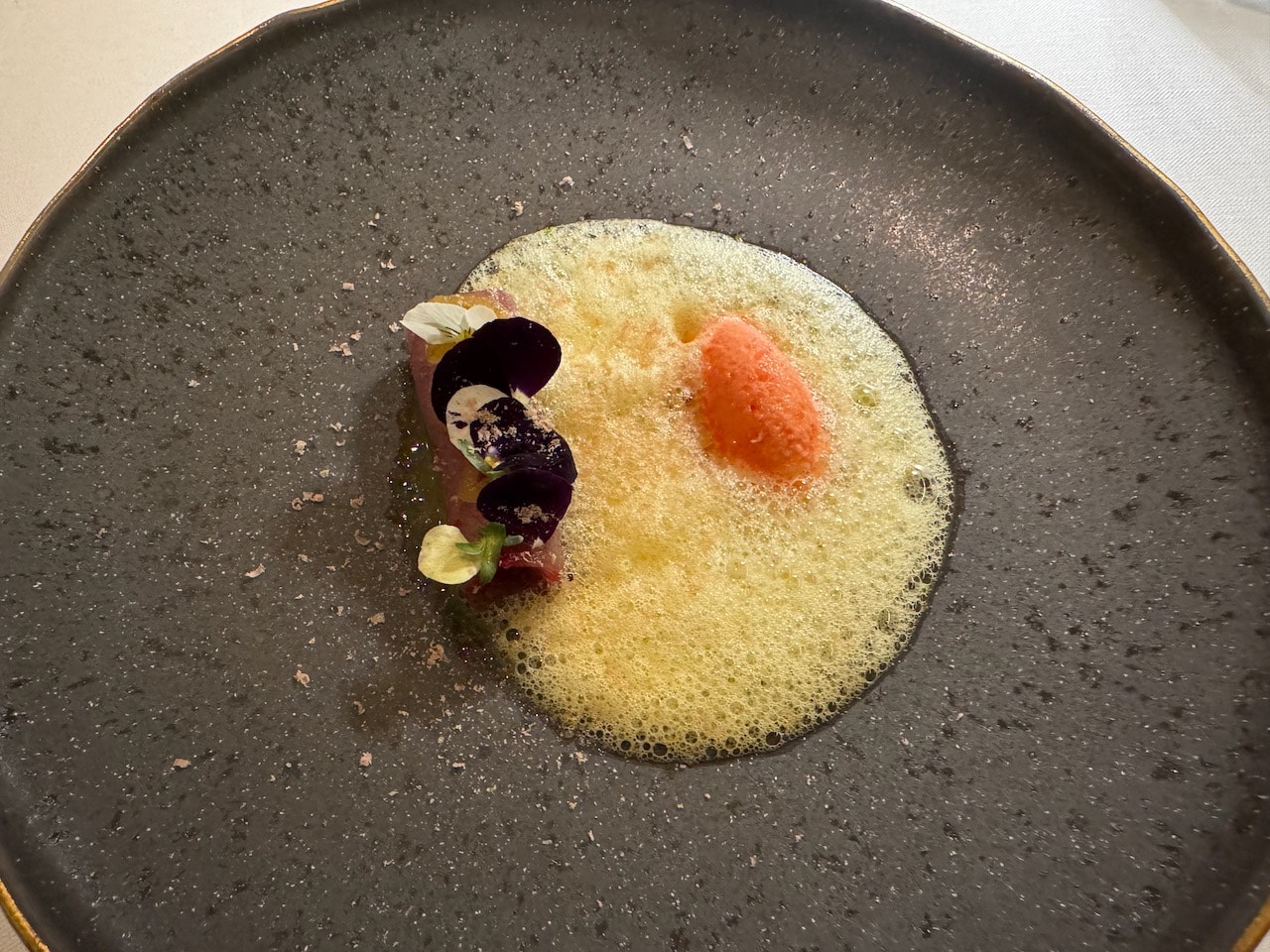
Tuna roll with beetroot salad oyster jus and chili ice cream or an orange and cardamom emulsion for Barbara came next.
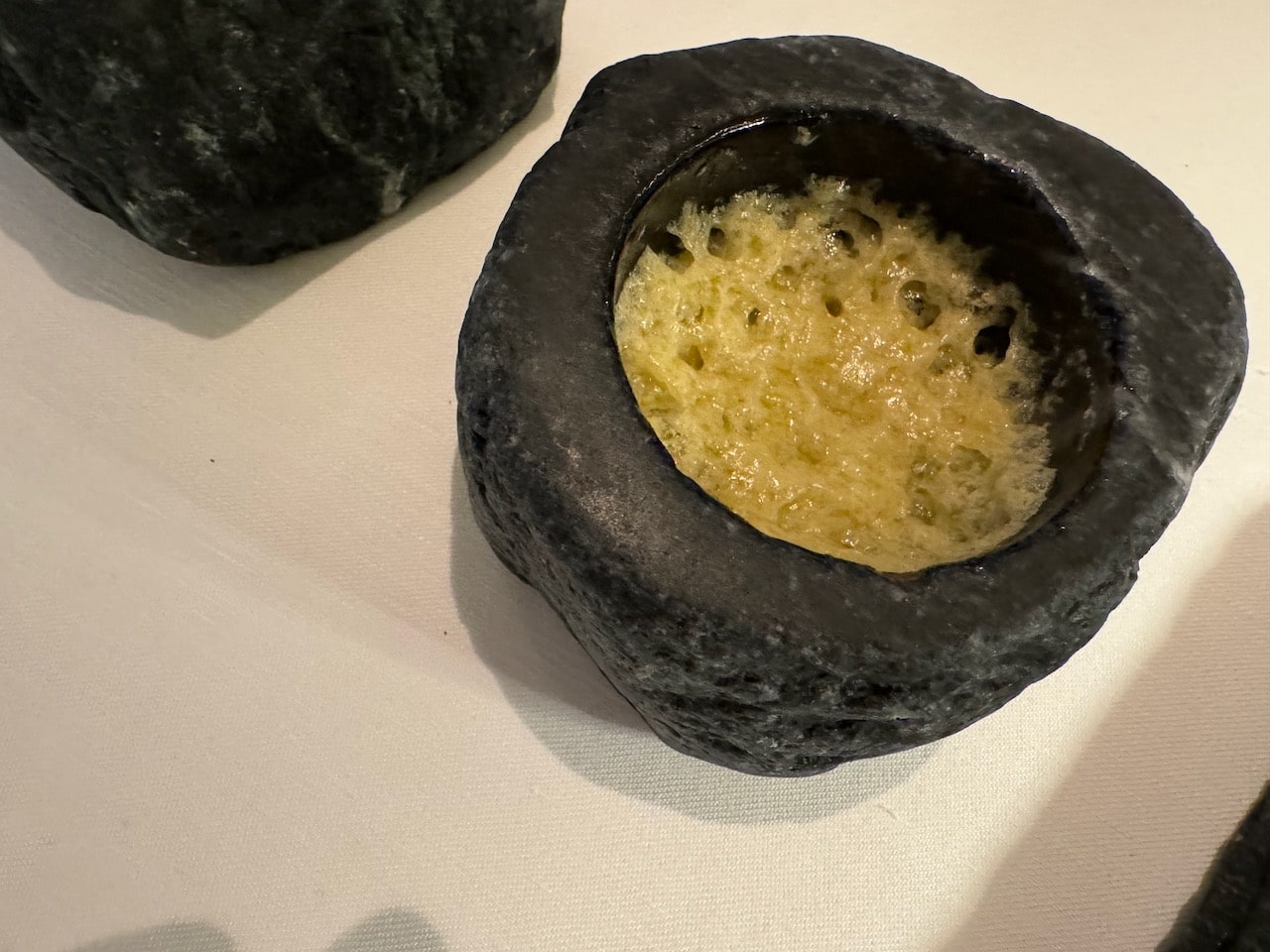
Then there was red mullet, corn stew and razor clams.
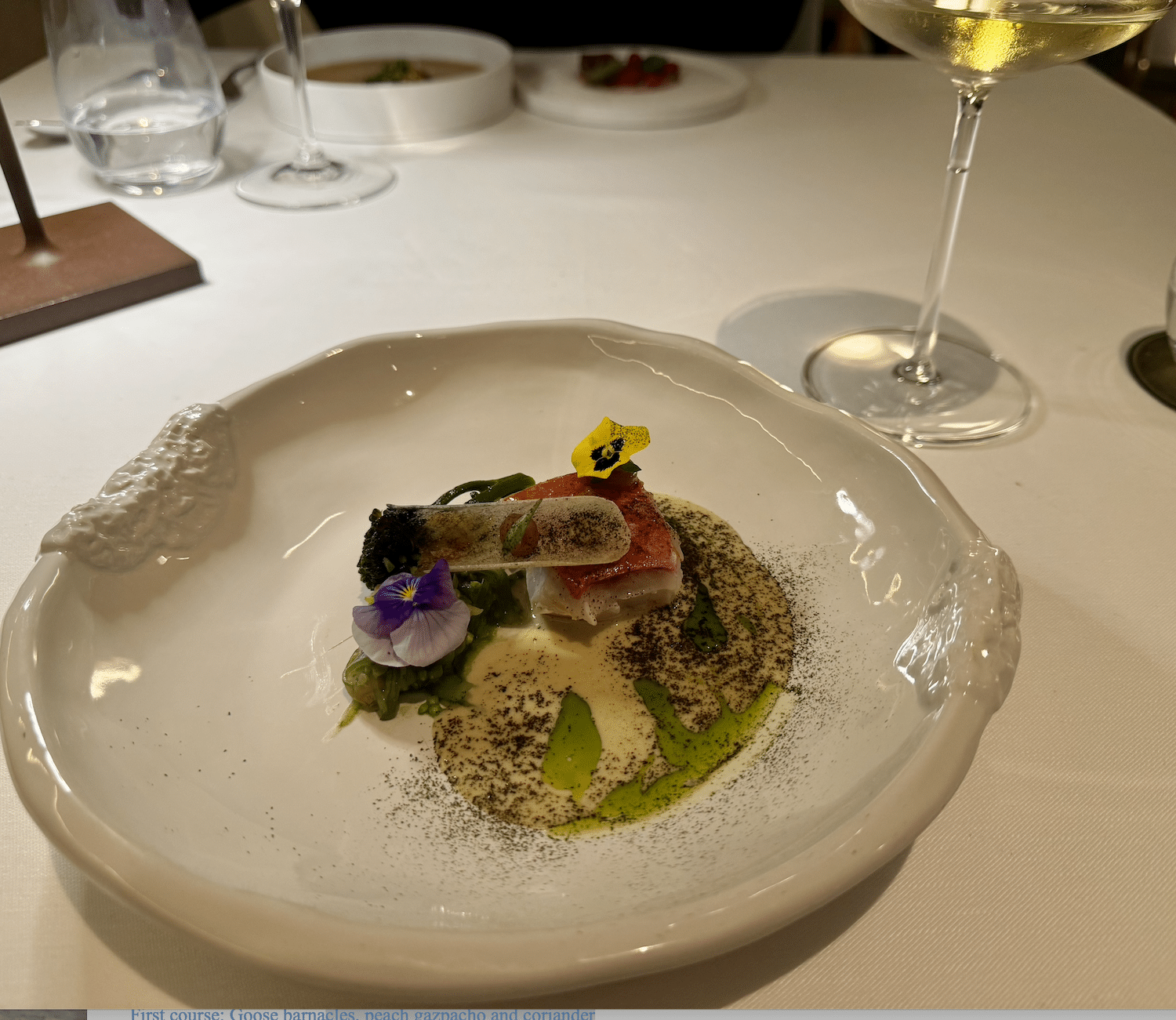
Royal pigeon was prepared in two ways: smoked breast, poultry liver mousse, red berries cream,
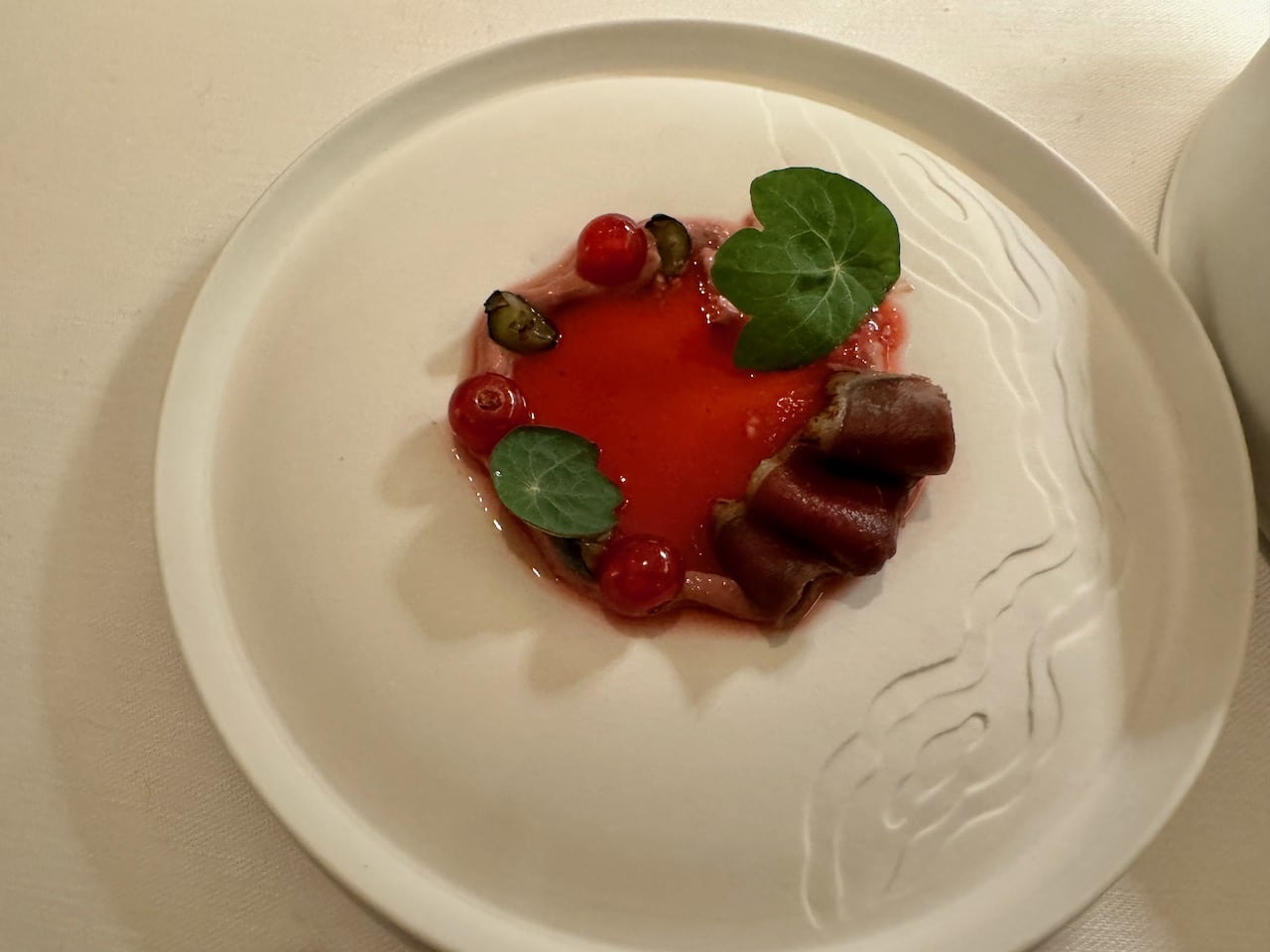
and “canja soup” pigeon terrine, egg yolk and peppermint
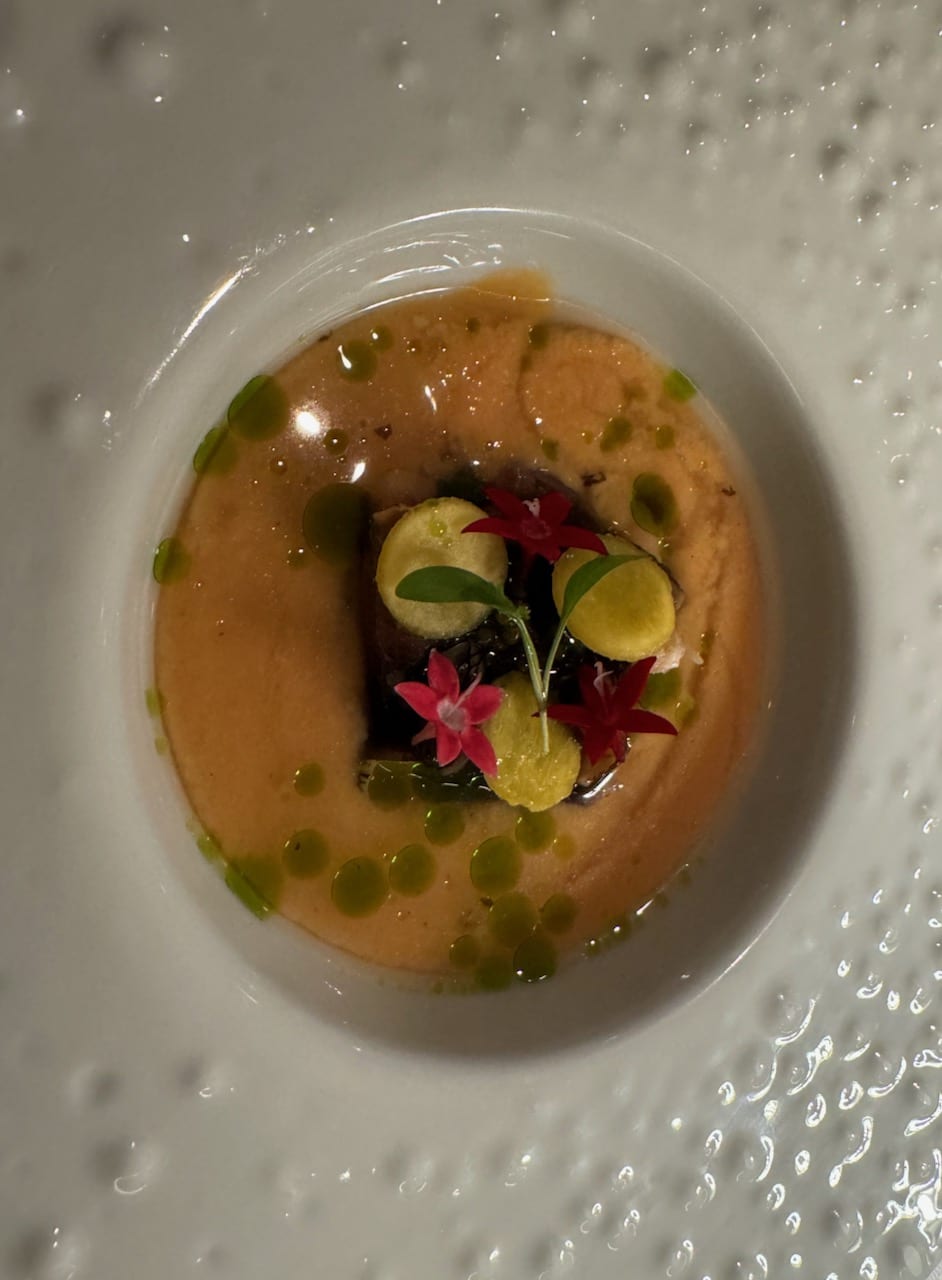
We were told the baby goat dish was an homage to the chef’s region in Portugal. But we would bet that the dish from his hometown didn’t look as pretty.
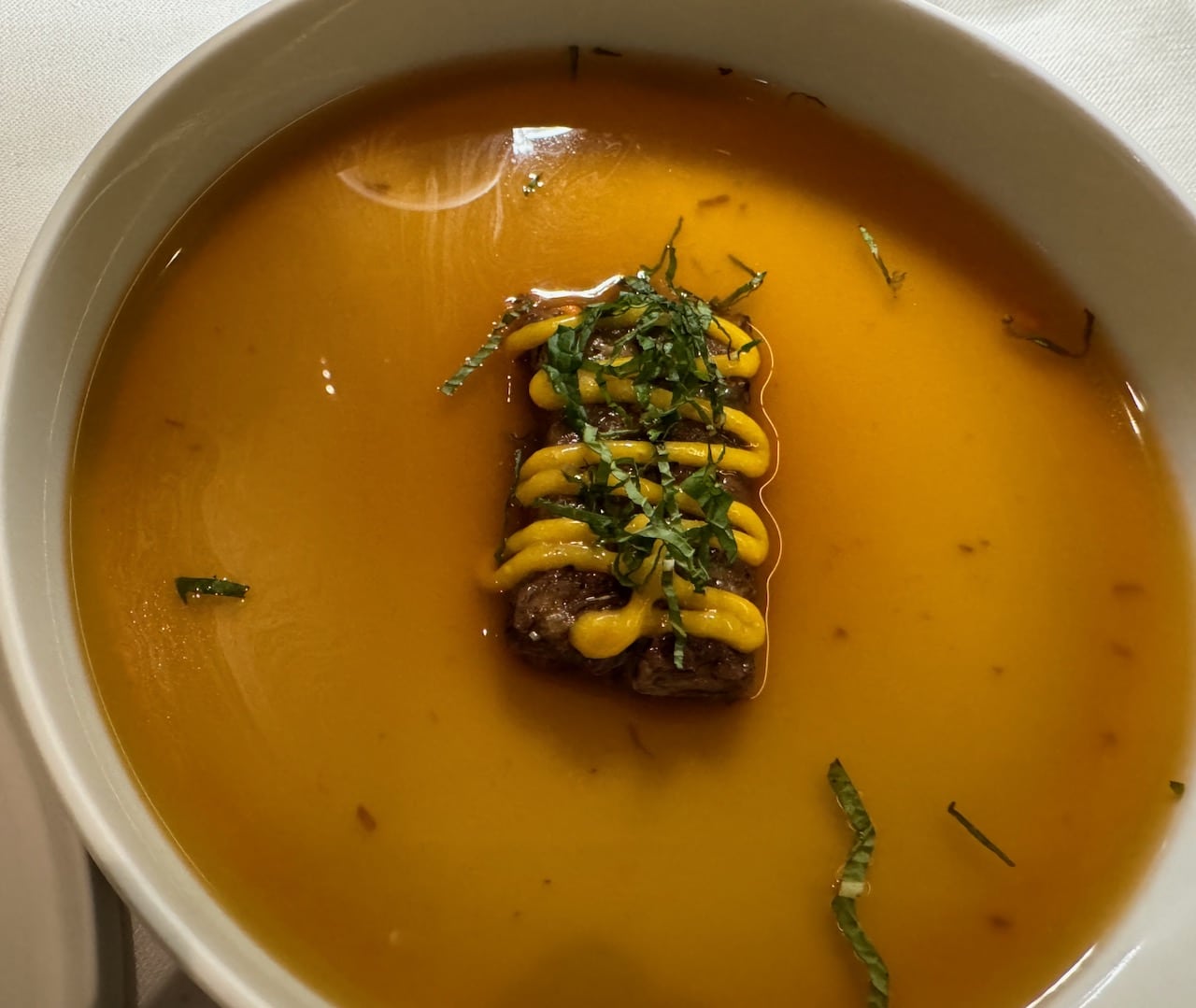
The menu offerings change frequently, and the link below can show you what else Suba has in store. You, like us, have probably been to restaurants that served outstanding food, and the staff was frosty, snooty if you will, because they know how special their restaurant is. At Suba the vibe was happy. We felt that we had gotten lucky.
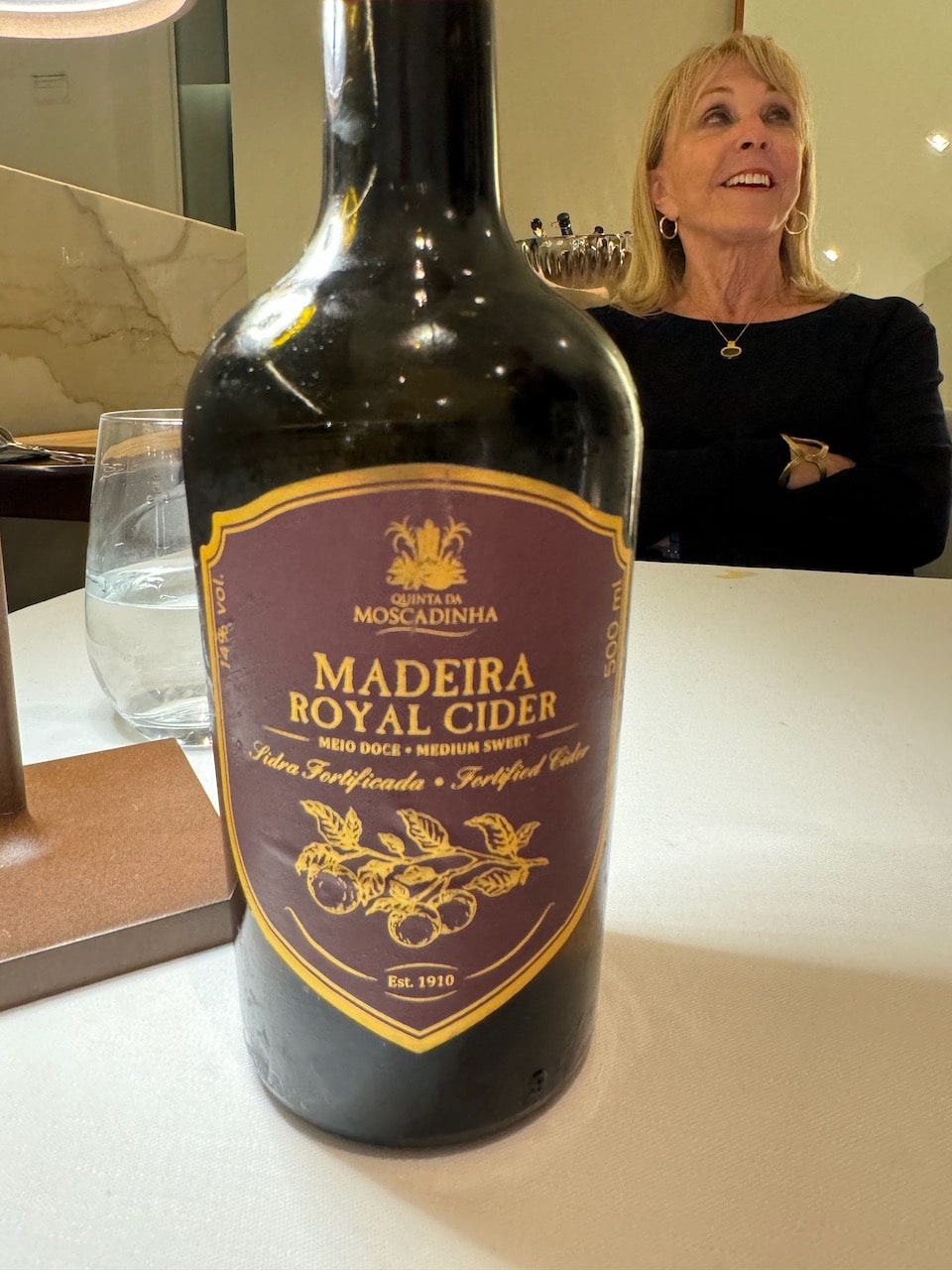
After desert and cider from Madeira, a staffer called a taxi for us and we headed back to our hotel ready for the next day’s adventure.
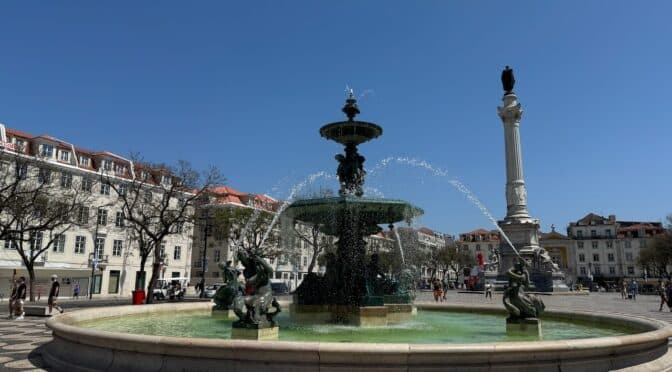
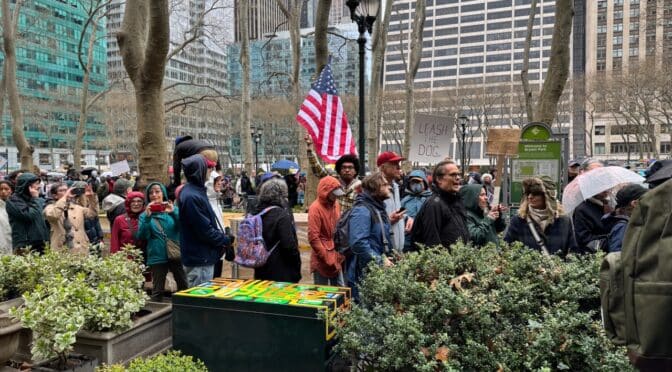

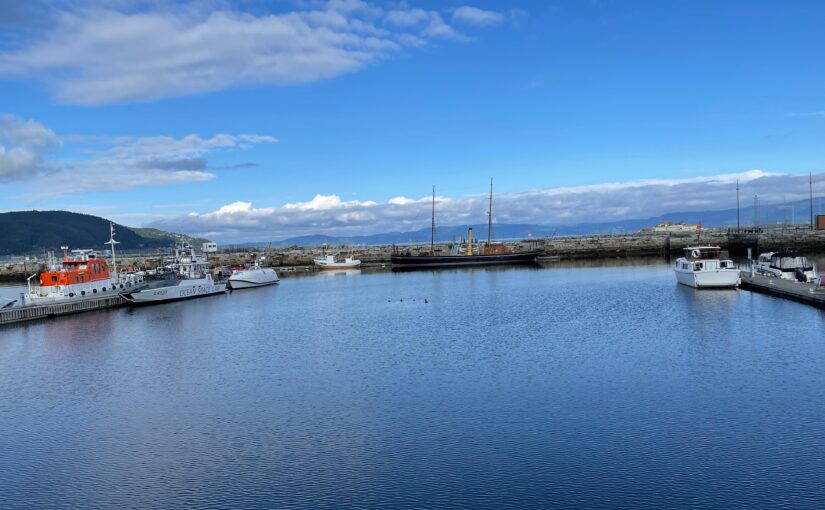

I was drooling looking at those food pics, wow! I am adding Suba to my list of restaurants to try!
That’s wonderful!!